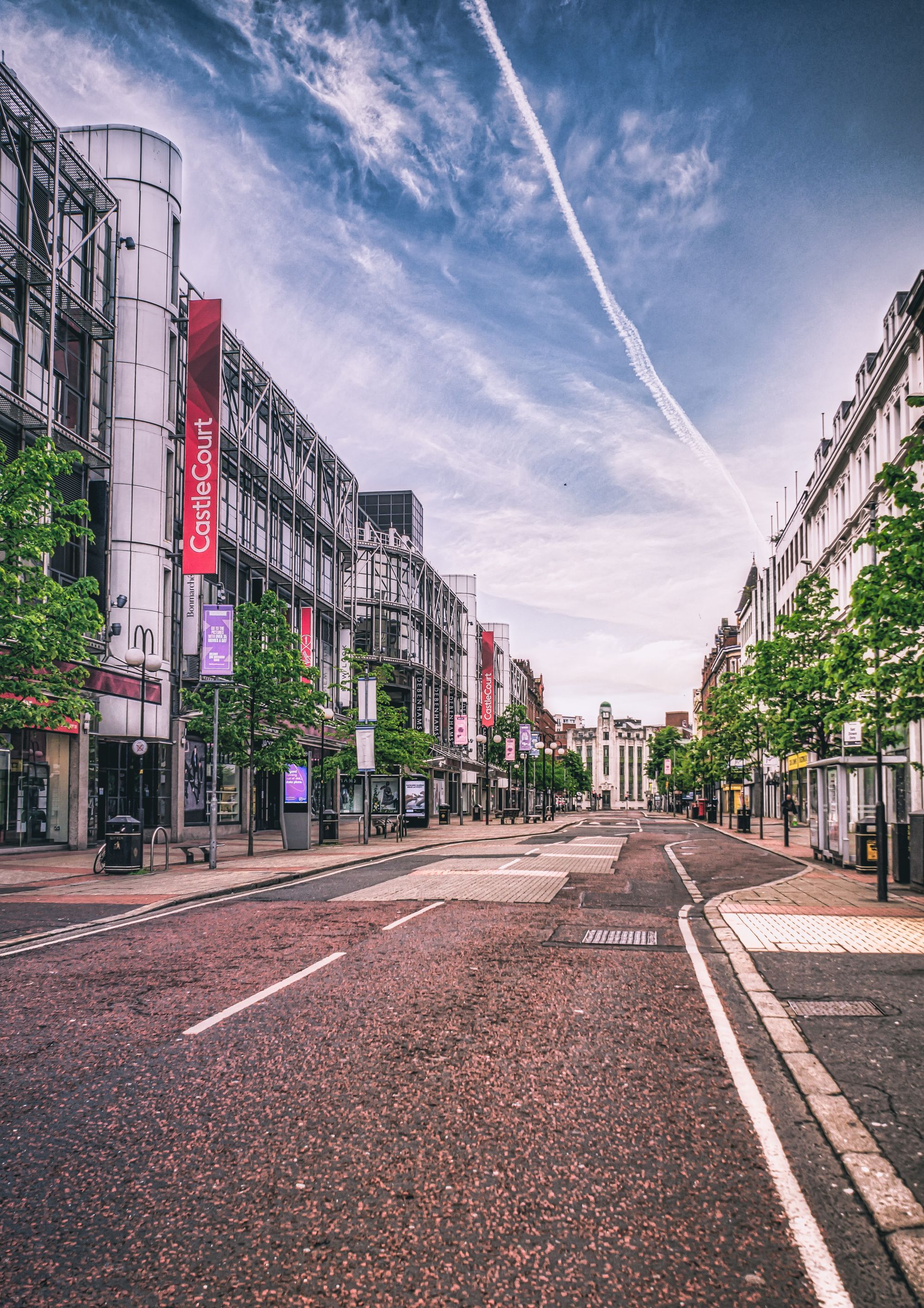Timid New World

As the coronavirus pandemic escalated, I was travelling around the world. The timing was unfortunate, but the endless hours of flying also presented an opportunity for reflecting on the virus.
Most people correctly focus on the immediate effects of the virus: survival is required for anything interesting in the future. However, many people will change their habits permanently and that excites the entrepreneur in me. Large changes create large opportunities.
It’s easy to see the direct impact of the virus. People stay at home, work remotely, and are paranoid about touching people and public surfaces. The second-order and higher order effects get more interesting.
Assuming we live in this timid new world of physical isolation, what will change?
Here’s my speculation, ignoring impacts of a potential recession.
Mobility
- Less commuting and mobility overall.
- More personal cars, ridesharing apps, and other personal-ish transport (as % of total).
- Less public transportation.
- Less business travel.
- Less leisure travel.
Nutrition and health
- Home workout. Since gyms are a great place for the virus to spread, people will exercise at home, potentially guided by apps or Youtube videos.
- Jogging: doing so in empty streets/parks should also be safe (though I’m not sure it’s perceived as such).
- Hiking and time in nature because it remains a relatively safe way of getting exercise, especially in unpopular destinations (random forests).
- Takeout, because restaurants and cafes are public places.
- Home cooking, because takeout is expensive.
- Food replacement shakes, because takeout is expensive and cooking takes time.
Entertainment
- Netflix, Youtube, etc.
- Gaming, especially social gaming.
- Analog home entertainment, e.g. jigsaw puzzles and board games. People get tired of 24/7 screen time.
- Reading longform content like books and essays because there are longer chunks of focus time available.
- Less podcasts and audiobooks because people commute less. Then again, more because people have more free time?
- Less real-world spectator events, e.g. sports, cinema, theatre, concerts, festivals, etc
- Streamed spectator events.
- Less face-to-face social events, e.g. house parties and dinner parties.
- Less social drugs, e.g. alcohol.
Social
- Posts on Instagram will be either throwbacks or boring/creative pictures taken at home.
- Video-calling with no purpose, just to hang out.
- More Tinder usage but fewer (real-world) dates. I wonder what will happen with first dates.
- Porn as a replacement for going out and one-night stands.
- Sexting.
Education
- More full-remote courses towards university degrees and professional programs.
- More self-learning (i.e. without a formal curriculum).
- Remote virtual exam-taking, at universities and standardised tests.
Commerce
- Online shopping in every category: groceries, clothes, shoes, …
- Home delivery in every category.
- Comfy garments like slippers, homecoats etc become more fashionable and work-appropriate. Workwear becomes more casual.
- Apartments optimised for Airbnb come to market in bankruptcy sales.
Workplace
- Hiring full-remote employees and teams, much more than before.
- Increased salaries & employment levels in lower-income tech powerhouses: Russia, Ukraine, Brazil? India?
- Many people lose their jobs and convert to freelancers / gig economy workers
Everything else
- Generally reduced peer-to-peer services (homestays, car sharing) due to perceived mistrust.
- More VR (work, social, gaming).
- Higher internet traffic, cloud compute usage, VPNing.
- More complete data about human activity in a particular domain (e.g. larger % of social interactions are online).
- Optimisation of supply chains for not only cost, but trade-off between cost and fragility.
- Lower global carbon emissions.
- More automated controls in everyday life: sensor/voice/gesture-activated doors etc.
Are the trends here to stay?
It’s December 2020 and the virus is finally under control, no worse than the flu has been historically. Quarantines forced us to go remote with everything but we could go back now. Which changes will stick?
The virus makes people switch from cinema to Netflix or any of its competitors. Streaming services are slightly worse on balance (some content is unavailable and the screen and audio are worse, but it costs less and is more convenient). Given this I expect box office numbers to return to perhaps 80% of pre-virus levels after self-quarantines are lifted, though if quarantines last too long, producers might start releasing films directly online, cutting out the cinemas.
Business travel will probably not return to pre-virus levels. The initial switch from physical to virtual meetings is costly due to the change in habits and investment in technology, and switching back would sacrifice convenience and speed. As for value, video is good enough for many meetings to skip the travel. Furthermore, I expect the video-meeting experience to improve through use case centric video call software: one-on-ones, small team meetings and 300-person all-hands meetings have all very different requirements.
Generally, stickiness of new solutions depends on two things: a) the value of the new vs old behaviour, and b) switching cost. It’s easy to see the two are distinct by simple home-ownership analogy. You might see a better house on the market but the transaction and moving costs would make you move only if the value difference is significant.
Thanks to Heiki Riesenkampf for productive discussions on this topic.
